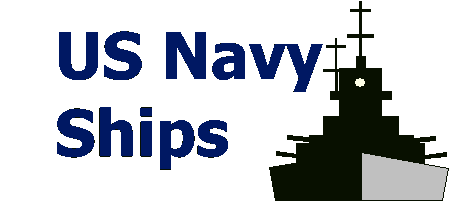



Proliferation represents a quantitative as well as a qualitative threat. Contact mines designed in 1908 can still be found in world inventories and will continue to be used simply because they are relatively inexpensive and simple to manufacture, obtain, and maintain. While their lethal range is not as great as newer mines, their mere existence poses a potential threat. Indeed, the psychological nature of the mine threat is one reason why mine warfare is so effective.
An imposing array of modern mine-countermeasures (MCM) systems continues to be developed and procured to enhance the capabilities of dedicated forces and vigorously pursue the transition to an organic MCM capability. The Navy’s dedicated MCM forces, composed of active and reserve surface MCM ships, MHC ships, MCM helicopters, and explosive-ordnance-disposal divers are among the best in the world. With the addition of the MCM command-and-support ship Inchon (MCS12), the Navy possesses a true expeditionary mine countermeasures capability. Aggressive development of organic MCM systems for forward-deployed carrier battle groups and amphibious ready groups is under way. Focused science, technology, and developmental efforts are producing solutions to difficult mine-warfare problems. For very shallow water, the shallow-water assault breaching system (SABRE) system and the Distributed Explosive Technology net system are in development for delivery in FY 01. These complementary systems are designed to defeat mines and obstacles in the difficult surf-zone region. Contributions from organizations outside the traditional mine-warfare community are augmenting dedicated and organic MCM capabilities. For example, the Oceanographer of the Navy collects and disseminates environmental data essential to effective mine countermeasures. Mine warfare-relevant emphasis in projects dealing with MCM digital-route surveys; maintenance of a global mine-like contact database; and development of mine warfare-specific environmental databases augment the Navy's ability to rapidly assess, avoid, or neutralize the sea-mine threat.